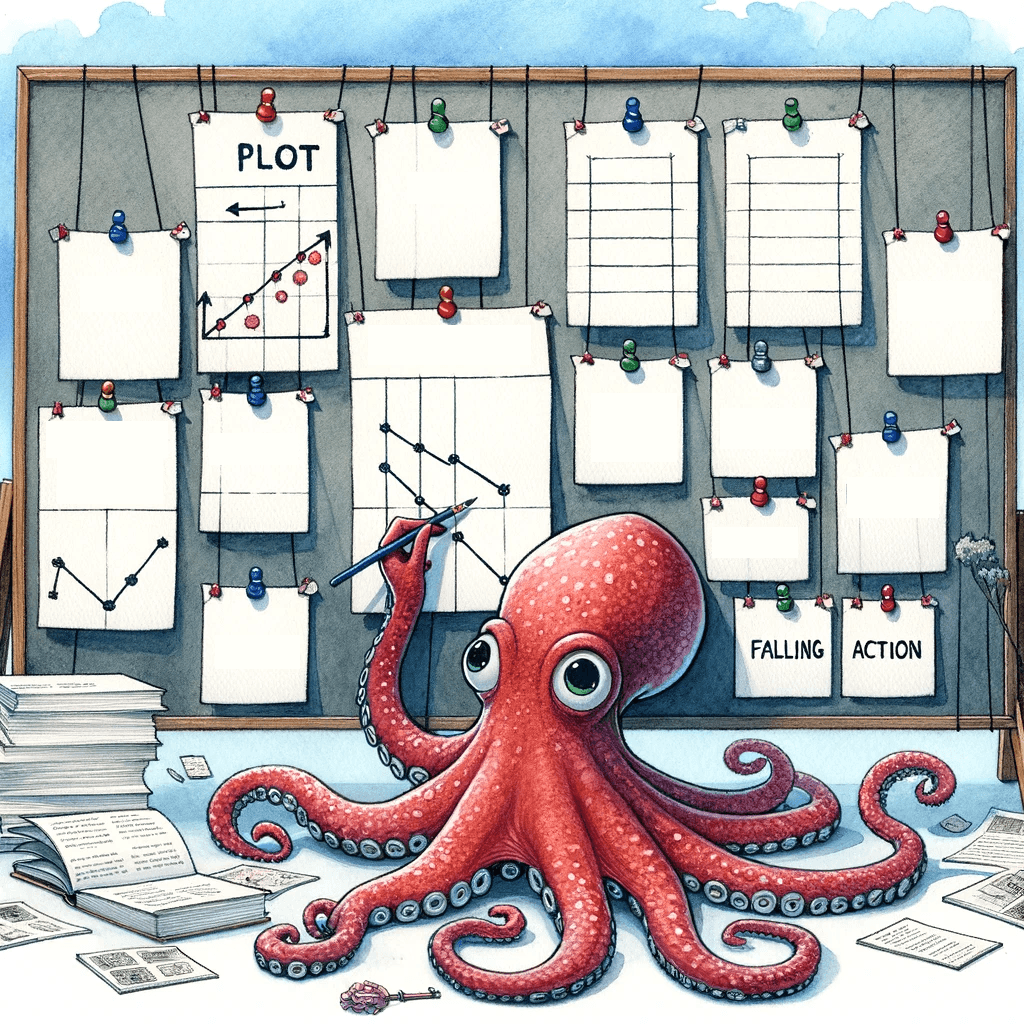Crafting a compelling story for children involves much more than just assembling words on a page. It’s about understanding and effectively using the fundamental elements of plot. Here, we dive into the five key components that shape the structure of any successful children’s picture book: Exposition, Rising Action, Climax, Falling Action, and Resolution.
1. Exposition: The Foundation of the Story
The exposition is where your story begins. It sets the stage, introducing the world, characters, and the initial problem or situation that needs resolving. This is where you set the scene, establish the setting, and tone, and present a problem that your main character will need to solve. The exposition is crucial as it provides the reader with all the necessary information to understand the story’s context.
2. Rising Action: The Engaging Core
Following the exposition, the plot thickens with the rising action. This phase of the story is often the longest, marked by a series of events that increase the stakes for the characters. It includes the challenges, complications, and conflicts that characters encounter, each either bringing them closer to or further away from their goal. This part of the story is crucial for developing the characters and building suspense.
3. Climax: The Pinnacle of Tension
The climax is the story’s pivotal moment. Typically the shortest but most intense part of the story, the climax is where the narrative threads from the rising action converge. Here, the protagonist makes their final effort to reach a resolution, often facing their greatest challenge yet. The climax is crucial as it is the turning point of the story and usually involves a significant emotional or physical confrontation.
4. Falling Action: The Journey Toward Resolution
After the climax, the story moves into the falling action. In this phase, the protagonist begins to resolve the initial problem, often using clues and knowledge gathered throughout the story. This part of the story also reveals any remaining surprises or twists and starts leading towards the resolution.
5. Resolution: Tying Up Loose Ends
Finally, the resolution provides closure by resolving the problem introduced during the exposition. This is where the characters often learn important life lessons, and a new, more stable situation is established. The resolution offers a satisfying conclusion to the readers and ensures that all loose ends of the story are tied up.
Conclusion: The Art of Storytelling
Understanding these five elements and their interactions is vital for any author aspiring to create engaging and compelling children’s picture books. These elements not only structure the narrative but also help in developing characters, setting the tone, and ensuring that the story resonates with its young audience. In children’s literature, where every word counts, mastering these plot elements is essential for crafting stories that entertain, educate, and inspire young minds.




